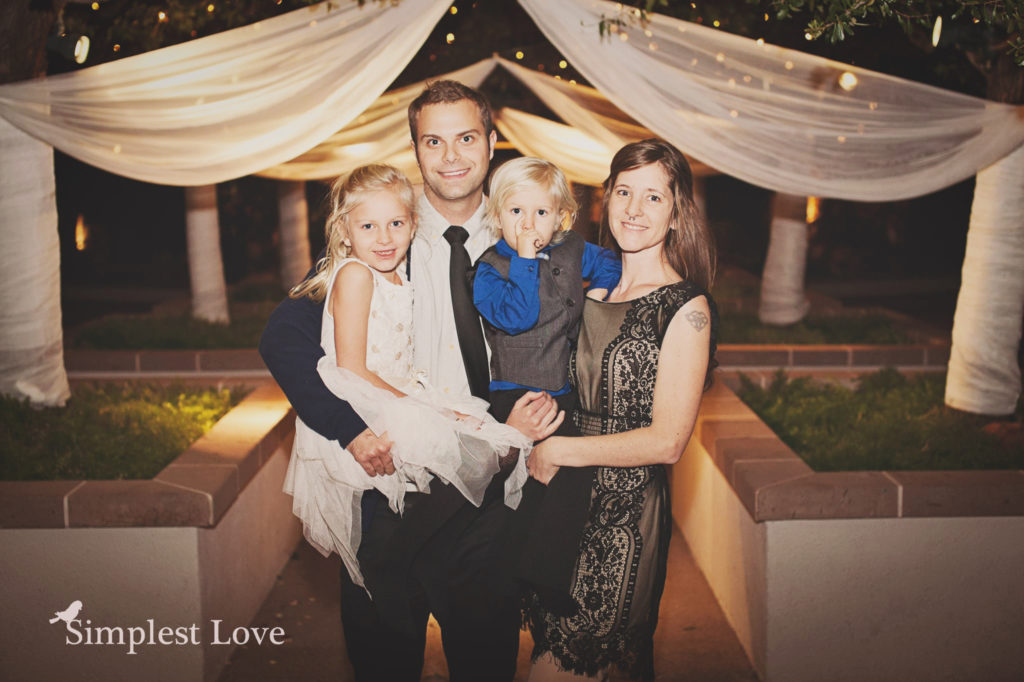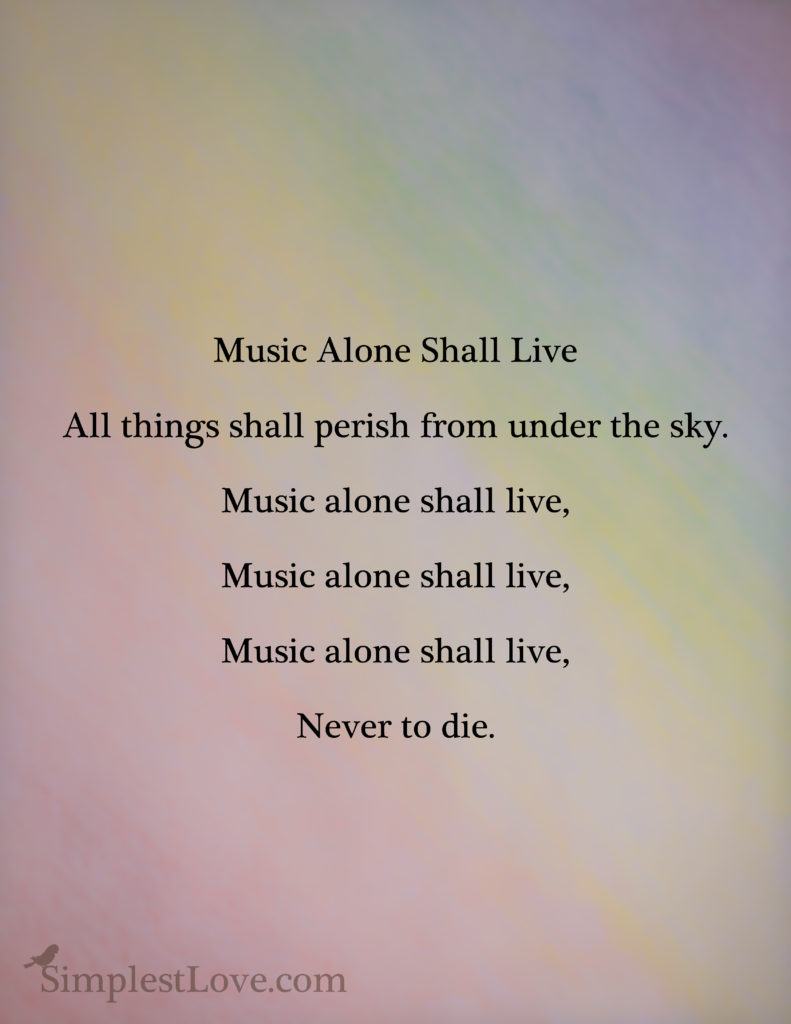Category: Winter Holidays
Holi
Holi Hindu March 13-14, 2017
Purim
Purim Jewish March 12, 2017
Ash Wednesday
Ash Wednesday Christian March 1, 2017
Beginning of Lent
Beginning of Lent Christian Orthodox February 27, 2017
Maha Shivaratri
Maha Shivaratri Hindu February 25, 2016
Martin Luther King Day
Martin Luther King Day USA February 25, 2017
New Year’s Day
New Year’s Day January 1, 2017
Christmas
Christmas Christian December 25, 2016
Hanukkah
Hanukkah (Chanukah) Jewish December 25th, 2016-January 1, 2017
Mawlid-al-Nabi
Mawlid-al-Nabi (birthday of Mohammad) Islamic December 11, 2016 (changing)
Embolic -Pagan
Most commonly it is held on February 1st
Imbolc or Imbolg (pronounced “i-molg”), also called (Saint) Brigid’s Day, is a Gaelic traditional festival marking the beginning of spring. Most commonly it is held on February 1st, or about halfway between the winter solstice and the spring equinox. Historically, it was widely observed throughout Ireland, Scotland and the Isle of Man. It is one of the four Gaelic seasonal festivals—along with Beltane, Lughnasadh and Samhain —and corresponds to the Welsh Gŵyl Fair y Canhwyllau. Christians observe it as the feast day of Saint Brigid, especially in Ireland.
Imbolc is mentioned in some of the earliest Irish literature and there is evidence it has been an important date since ancient times. It is believed that it was originally a pagan festival associated with the goddess Brigid and that it was Christianized as a festival of Saint Brigid, who is thought to be a Christianization of the goddess. At Imbolc, Brigid’s crosses were made and a doll-like figure of Brigid, called a Brídeóg, would be paraded from house-to-house. Brigid was said to visit one’s home at Imbolc. To receive her blessings, people would make a bed for Brigid and leave her food and drink, while items of clothing would be left outside for her to bless. Brigid was also invoked to protect homes and livestock. Special feasts were had, holy wells were visited and it was also a time for divination.
Although many of its customs died out in the 20th century, it is still observed and in some places it has been revived as a cultural event. Since the latter 20th century, Celtic neopagans and Wiccans have observed Imbolc, or something based on it, as a religious holiday.
The ancient Egyptians celebrated this time of year as the Feast of Nut, whose birthday falls on February 2 (Gregorian calendar). According to the Book of the Dead, Nut was seen as a mother-figure to the sun god Ra, who at sunrise was known as Khepera and took the form of a scarab beetle.
Brighid is known as one of the Celtic “triune” goddesses — meaning that she is one and three simultaneously. The early Celts celebrated a purification festival by honoring Brighid, or Brid, whose name meant “bright one.” In some parts of the Scottish Highlands, Brighid was viewed in her aspect as crone as Cailleach Bheur, a woman with mystical powers who was older than the land itself. Brighid was also a warlike figure, Brigantia, in the Brigantes tribe near Yorkshire, England. The Christian St. Brigid was the daughter of a Pictish slave who was baptized by St. Patrick, and founded a community of nuns at Kildare, Ireland.
In modern Paganism, Brighid is viewed as part of the maiden/mother/crone cycle. She walks the earth on the eve of her day, and before going to bed each member of the household should leave a piece of clothing outside for Brighid to bless. Smoor your fire as the last thing you do that night, and rake the ashes smooth. When you get up in the morning, look for a mark on the ashes, a sign that Brighid has passed that way in the night or morning. The clothes are brought inside, and now have powers of healing and protection thanks to Brighid.
Information from Patti Wigington and Wikipedia)

